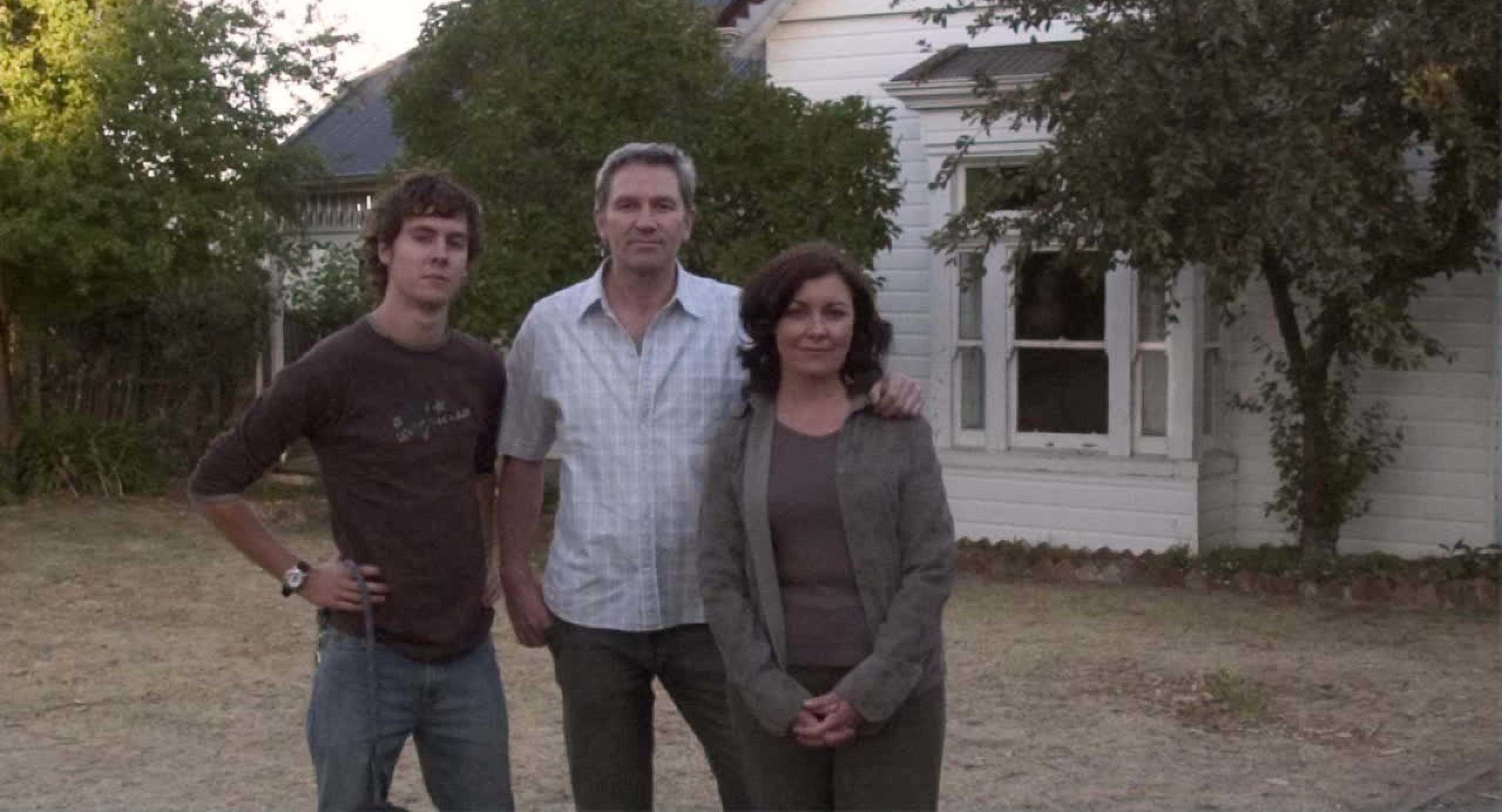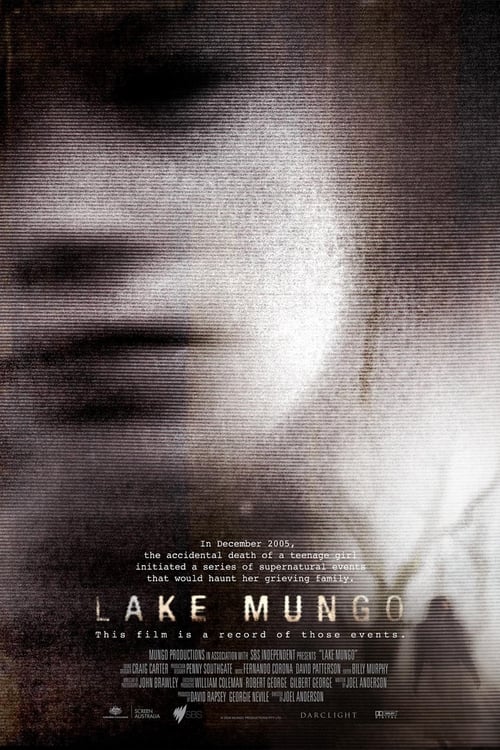Lake Mungo – Film Review
Published January 13, 2022

Alice (Talia Zucker) drowns while swimming and her family begins experiencing inexplicable events in their home. The family hires a parapsychologist whose investigation unveils Alice’s secret double life and leads them all to Lake Mungo.
There are cult classic horror films out there and then there are films such as Lake Mungo that definitely should be cult classics, but sadly, almost nobody has seen it. To this day, I legitimately have no idea why this movie is so unheard of. Perhaps it’s because there only exists a DVD copy of the film and it’s virtually impossible to find it on any sort of streaming service – which makes a lot of sense – but that hasn’t stopped other obscure horror flicks from becoming lauded gems in the community.
The very first time I even heard of Lake Mungo was because my favorite YouTuber Chris Stuckmann made a review of the film. In the video, Stuckmann praised the film as unbelievably terrifying and unsettling, and because I find that mine and Stuckmann’s opinions on film are usually quite similar, I knew I had to seek this movie out immediately in any way I could.
Long story short – he was right. Lake Mungo is terrifying.
It’s done in a mockumentary style format where we follow the Palmer family as they try to piece together exactly what is happening around their home after their beloved Alice dies due to drowning. Certain things in their home start to move around without any sort of explanation. They start to see things that creep them out. One of the Palmers – Mathew (Martin Sharpe) – is heavily into film and video cameras, and he starts to set up cameras around the house to see if he can capture anything of interest during the late hours of the night.
Director/writer Joel Anderson could have made this film a tired jumpscare fest with nothing unsettling or new to offer, but even though this was his first (and only film to this day), he knew better than to make a cheap, forgettable horror movie. There are so many shots in Lake Mungo where we will be looking down a dark corridor of the Palmer household, only for us to notice something extremely small and imperceptible in the corner. Is there anything really even there? Is it just our brain playing tricks on us, making us want to see something there? Is that really a pair of arms we are looking at?
Lake Mungo seriously gets under the skin and refuses to leave until the very end and boy what an ending this film has. It’s one of those endings that feels like it’s bringing you a sense of peace and closure while also letting you know that it’s not all sunshine and rainbows. In the final fifteen minutes, the Palmer family finally decides that enough is enough and moves to a brand new house in order to distance themselves from Alice’s spirit.
However, because this is a horror film, it doesn’t end there of course. The film ends with a family photo of the Palmers on the front lawn of their house as the figure of Alice watches from the window. And then… the credits roll.
Huh?
Just as we start to scratch our heads and pull the blankets up over our heads just a little more, Anderson makes the creepy but brilliant decision to include a handful of clips from the film we just watched. Clips that seemingly show Alice’s figure looming in the background, meaning that even in the scenes we thought were harmless and uneventful, there was always something watching the Palmers. There was always something watching us.
The final shot of the movie shows a bizarre entity standing at Lake Mungo while lightning continuously strikes the area, illuminating this mystery figure ever so slightly, leaving us to wonder whether or not this is Alice’s spirit or somebody else. Is it simply a doppelgänger or is this just a complete stranger standing in the area?
Lake Mungo is a film that almost never gives answers, and for some, that’s going to be incredibly frustrating and that makes sense. It’s definitely nice to have a sense of closure in a film, especially for one as dark and depressing as this one is. But Anderson also understands that sometimes, in order to tell the most fascinating stories, you have to take some big creative risks along the way, as well.
One of the reasons why I love the ending of Lake Mungo so much aside from it being utterly haunting with all the old videotapes is because of just how ambiguous it is. We know that the surviving members of the Palmer family move to a new home, thinking that they are finally free from being followed by Alice’s spirit, but the film doesn’t continue to the point where we get an answer as to whether or not they’re going to be okay at this new home of theirs. There isn’t a Lake Mungo 2 to tell us these things, and there shouldn’t ever be one.
I’ve always championed films and television shows that force you to make up the ending. Some will call this tactic lazy because they’ll say that it’s the screenwriter’s way of basically admitting they had no idea how to end this story. Sure, in some cases this may indeed be true, but Anderson did not fall victim to poor writing. He knew all too well that this ending was brilliant, and he stuck with it. We will never know exactly what happens to the Palmer family after the story of the film ends, and that’s okay. But perhaps the most important question the film raises is “Was that even Alice’s ghost?”.
The internet is a massive place and it continues to grow in size each and every day. The film community online is gargantuan and it seems as though film fanatics are discovering new films they love every single day, passing their love for these films on to other film-crazed people. So I can only cross my fingers that one day, Lake Mungo gets the recognition it deserves because it’s easily one of the most unsettling films ever made.
